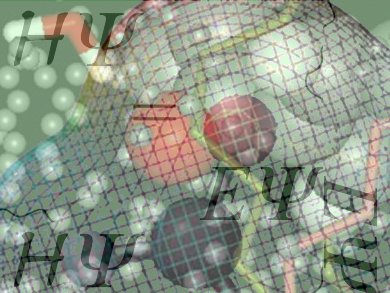Ana Simoes, University of Lisbon, Portugal, and Kostas Gavroglu, University of Athens, Greek, summarize the highlights in the history of quantum chemistry associated with Per-Olov Löwdin (1916-2000).
Löwdin was one of the most influential quantum chemists of the second generation. He was born about two decades later than most of the protagonists of the discipline: Walter Heitler (1904–1981), Fritz London (1900–1956), Friedrich Hund (1896–1997), Eric Hückel (1896–1980), Linus Pauling (1901–1994), John Clarke Slater (1900–1976), and Robert Sanderson Mulliken (1896–1986).
For Per-Olov Löwdin quantum chemistry became a lifestyle. He referred metaphorically to quantum chemistry as a “scientific melting pot” and believed that quantum chemistry’s strength arose from its ability to nurture a multiplicity of heterogeneous cultural elements/subcultures and practices, interacting with each other, exchanging perspectives and modes of action, which circulated in an increasingly extended network of actors and institutional frameworks.
He organized meetings and schools, launched a series of books and in 1967 the International Journal of Quantum Chemistry, negotiated with governmental agencies, industries and philanthropic institutions to promote the use of high speed computing facilities. His contributions helped to shape a mature discipline at the intersection of mathematics, physics, chemistry, and biology. The plurality of fields and approaches is till today mirrored in the International Journal of Quantum Chemistry.
- P.-O. Löwdin and the International Journal of Quantum Chemistry: A Kaleidoscopic Agenda for Quantum Chemistry,
Ana Simoes, Kostas Gavroglu,
Int. J. Quant. Chem. 2013.
DOI: 10.1002/qua.24536




